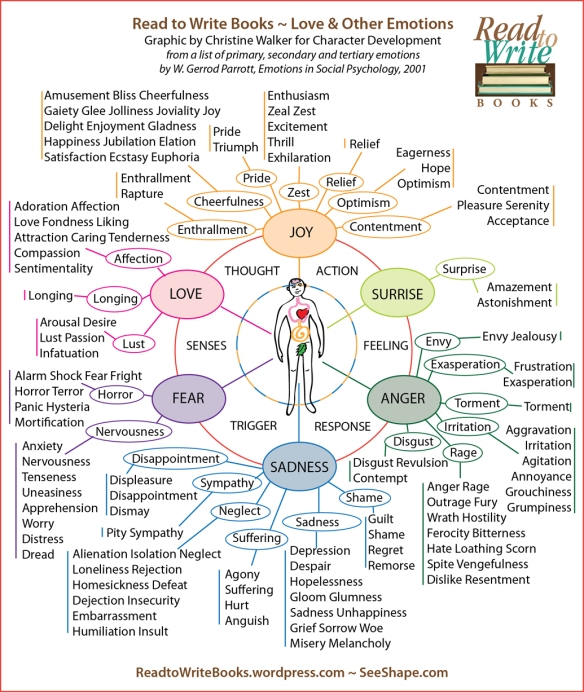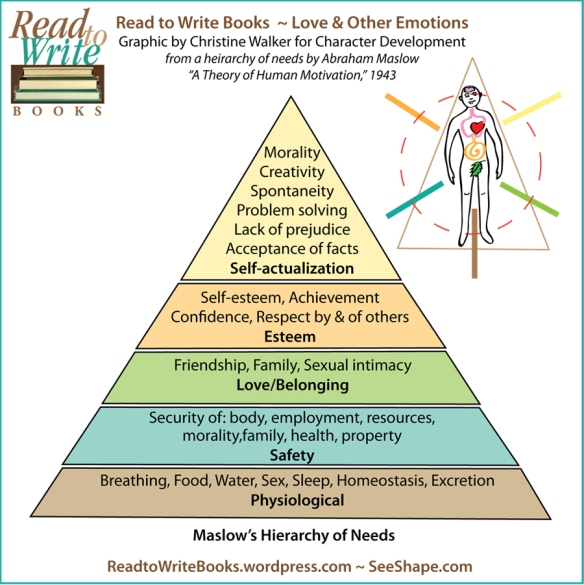“Truth” is a hot topic these days. Truthiness. Truth isn’t truth. Alternative facts. Fake news. Fiction is an art form based on questioning and finding deeper truths about ourselves and others—about what it is to be human.
In the 1960s, author Flannery O’Connor said, “We live now in an age which doubts both fact and value, which is swept this way and that by momentary convictions. Written a half-century ago, her words speak to us today. “Instead of reflecting a balance from the world around him, the novelist now has to achieve one from a felt balance inside himself.”
For instance, a writer’s story about a town’s divisive politics—one group of people clinging to the past, another group wanting change—could become a polemic if the writer uses the narrative to argue his opinion and refute the other.
But what if this writer, inspired by seeing a small-town Fourth of July parade, creates a fictional character, who clings to the past and is afraid of the new. Let’s call him Ray. He’s a mechanic, a restorer of cars. His daughter marries someone of another race or religion. Then a family that Ray sees as “foreign” moves in next door. He’s angry. He’s used to fixing things, but he can’t fix this. He doesn’t have the tools. His world is disrupted. Now we have the beginnings of a story. Because fiction is about transformation, we know Ray must change, but how and why? What actions will he take?
In what ways will the daughter and neighbors also transform? Will they help Ray through a crisis? Will he help them? The writer avoids a timeworn polemic and explores universal human truths about choosing to love and making things right. Whether humorous, poignant, or tragic, the story becomes timeless. Through writing it, through reading it, we discover our own ability or inability to love deeply and to restore lovingly what’s been damaged.
Wherever fiction is set, past or present, fictional town or real, when it’s grounded in human truths, it will ring true for readers now and into the future. Without human truths, fiction would feel false. By telling truths with imagination, we make fiction readable, believable and memorable.
Go to https://courses.christinewalker.net for a free trial of my online course “Writing Fiction: 9 Ways to Mastery.”
Now – go out into the world or turn on the news. Listen for differing opinions and deeply held beliefs. Listen for anger and hurt. Listen for human truths. Then give one deep belief to one character, the opposite to another.
Write a scene where they argue. What truths are at the depths of their emotions? What does each character have to gain or lose by changing? You, the writer, takes each side in your heart. What can you learn from them?
Prepare yourself for moments of mastery!


